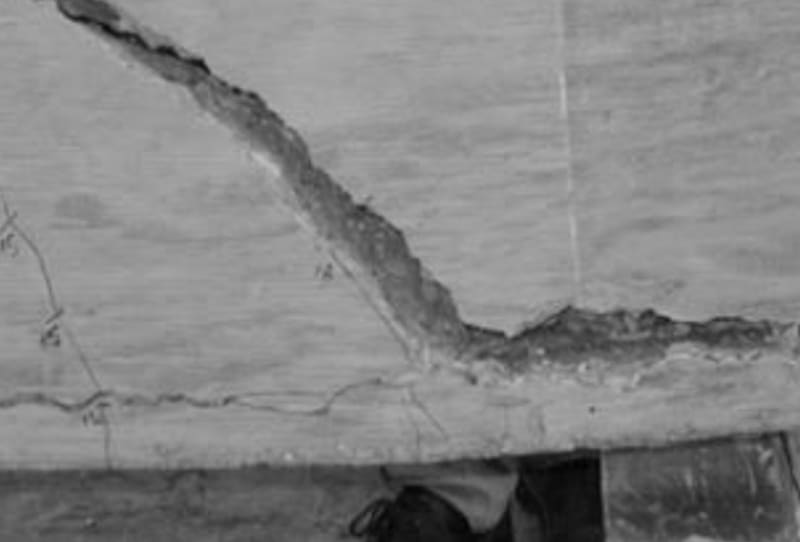Yousef ZAA
Structural
- Mar 26, 2017
- 58
Hello,
Can some one give me a hint on the differnce between web-shear and flexure shear strength?
Can some one give me a hint on the differnce between web-shear and flexure shear strength?
Follow along with the video below to see how to install our site as a web app on your home screen.
Note: This feature may not be available in some browsers.



